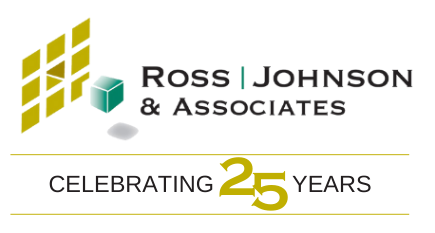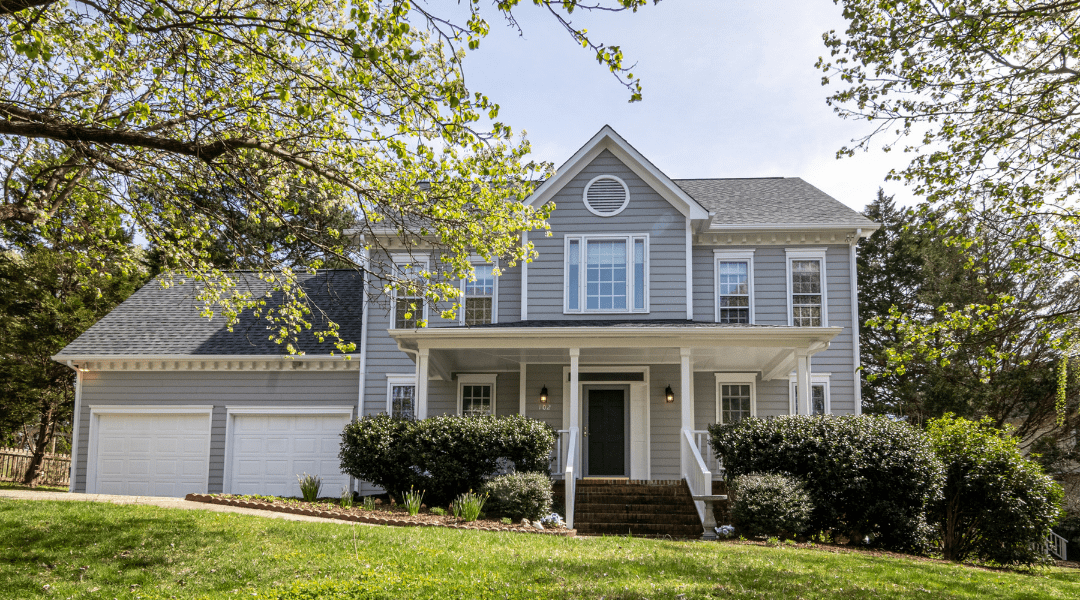If you have decided that it’s time to buy a new home or you want to take advantage of low-interest rates to refinance, you’ve probably thought a lot about how much of a monthly payment you can afford.
However, many don’t give much thought to the length of their mortgage loans. They simply choose whatever option will provide them with the lowest monthly payment.
The 30-year loan has practically become the standard in the mortgage lending industry because it spreads the cost of buying a home over a long enough time for lenders to make mortgage payments affordable for buyers.
Below are a few considerations when choosing between a 30 and a 15-year mortgage.
30-Year Mortgage
- The 30-year loan length can benefit home buyers concerned about affordable mortgage payments by spreading the cost of purchasing the home over 30 years. This could be an advantage if a home buyer loses a job or incurs a financial setback down the road because lower payments are easier to manage in difficult financial circumstances.
- You can potentially claim a bigger tax deduction on the loan interest you pay. During the early years of the loan, when most of your payment is consumed by interest charges, a healthy deduction could be a welcome break.
- Longer loan lengths can create stress for homeowners. They’re assuming mortgage payments for 30 years, which can seem like an incredibly long time in a volatile economic climate.
15-Year Mortgage Loan
- Faster loan payoff. Many folks take out 30-year loans and tell themselves they’ll make double payments to reduce the length of their loans, typically never happening. Opting for a 15-year loan gives you a clear, attainable endpoint for your mortgage payments with no room for excuses.
- Lower interest rate. Because the lender is taking on financial risk for less time, they typically offer lower interest rates for 15-year loans than for 30-year loans.
- Higher mortgage payments. Compressing the length of your loan from 30 to 15 years will raise your mortgage payment. It’s essential to make sure that you can take on this monthly expense before committing to a 15-year loan.
- Less tax relief in the loan’s early years. You’ll be paying less in interest, but this also means that your loan interest deduction will be smaller when it comes time to file your taxes if you are itemizing deductions.
Comparing the Costs
It is true that compared to a 15-year loan, a 30-year mortgage loan involves paying more interest over the life of the loan. But, the way the total interest costs are presented often does not compare the choices accurately.
For example, a $500k, 30-year mortgage at 3% has a total interest cost over the life of the loan of $258,885. A $500k, 15-year mortgage at 2.75% has a total interest cost over the life of the loan of $110,759.
The 15-year appears to be the better” choice. The issue with the calculation is not comparing the same inputs into both decisions. The 30-year has a monthly payment of $2,108, while the 15-year has a monthly payment of $3,393. How can the two strategies be compared if one has an additional $1,285 per month going towards the loan?
To compare the two options, you must consider the additional $1,285 per mo you have available. If you decide to invest the difference, you must ask yourself, “What rate of return do I need to obtain on the difference in payments ($1,285/mo) to be able to pay off the 30-year mortgage in the 15th year?” In this example, it is 3.39%.
Could You Use a Little Help From a Professional?
Before you commit to a 30-year or 15-year mortgage loan, help is just a click away. Get in touch with a financial professional at Ross Johnson and Associates today.




